After making it down the Dalton and arriving in Fairbanks, the crew immediately disassembled our materials, stored them in an office at the University of Alaska, Fairbanks, and headed to take a shower, do some laundry and head to Fred Meyer for provisions.
Dry Cabins
So when I say that the crew took showers and did laundry, none of that happened where we were staying (shower: UAF, laundry: Laundromat). In Fairbanks (and other parts of interior Alaska), it’s pretty common for people to live in a “dry” cabin (particularly people who live here seasonally or in very rural areas). Think about when it gets cold in Chicago and there are concerns that the pipes might freeze. In Fairbanks, I’d say the average low temperature in winter is around -10F. And remember that it’s dark a lot. And we’ve got discontinuous permafrost soils to contend with also.
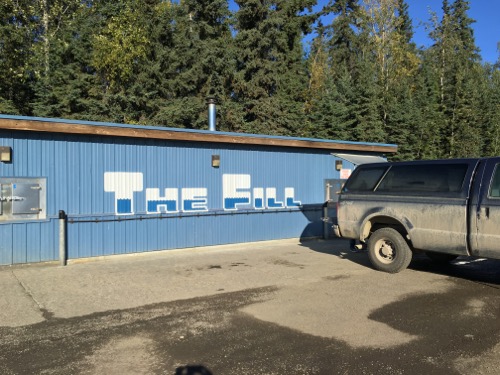
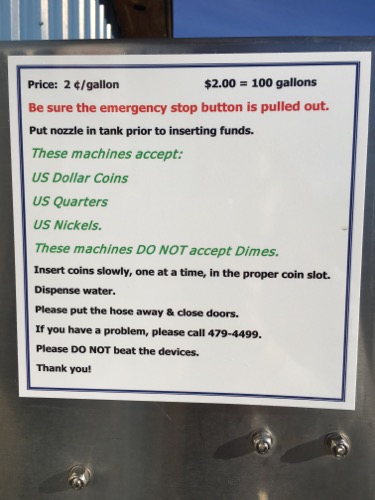
Time Off
After the long working days at Toolik, it was nice to have a day or two to recuperate and relax before most of the team flew back to Flagstaff, AZ. We ate some crepes at the farmer’s market (I split a lingonberry and a reindeer stroganoff with a friend), viewed the migrating Sandhill Cranes at Creamer’s Field (a local nature preserve), had some ice cream at Hot Licks (I had blackberry, delicious) and just earned some well deserved R & R.
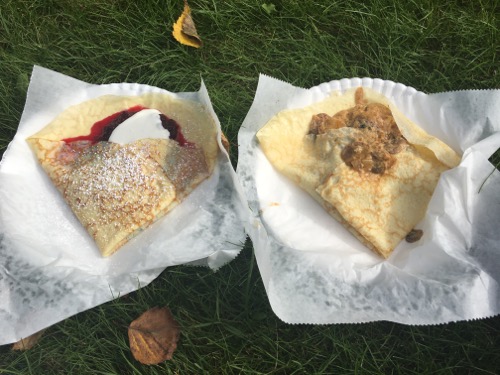
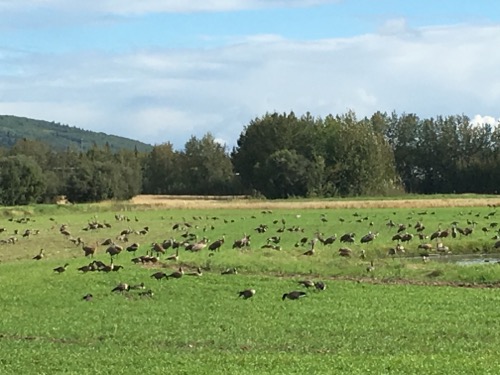
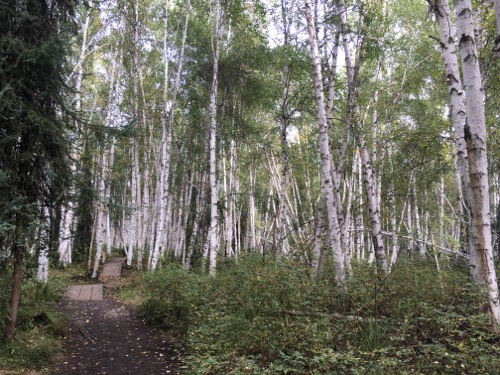
Back to Work
After half of our team flew back to work at NAU, a few of us remained to prep for the second part of the experiment in Healy, Alaska. If you’ve been following my journals, then you may recall that after injecting the 15N into the tundra plots, the plants and soil will be harvested and analyzed after 24 hours and after 1 year. Last year, the Deep Roots team labeled 10 plots at 8 Mile Lake in Healy, AK, so now it’s time to harvest. I’ll outline that process in my next journal, so stay tuned!
It’s likely that I won’t get a chance to write about it until I get back to Chicago, as we will be spending a lot of time working outdoors in the bright Alaskan sunshine. In the meantime, here are a few pictures from the UAF campus.

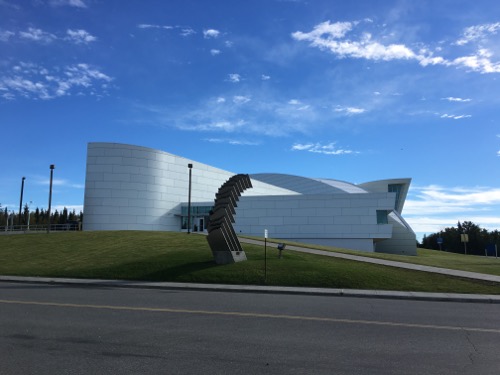
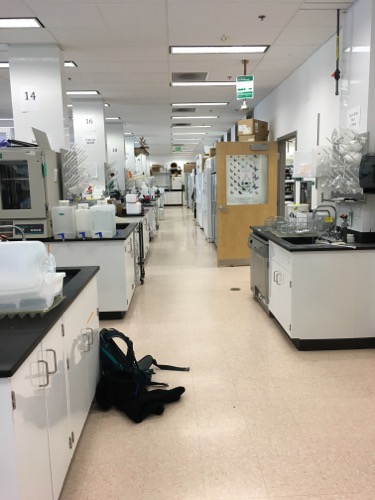
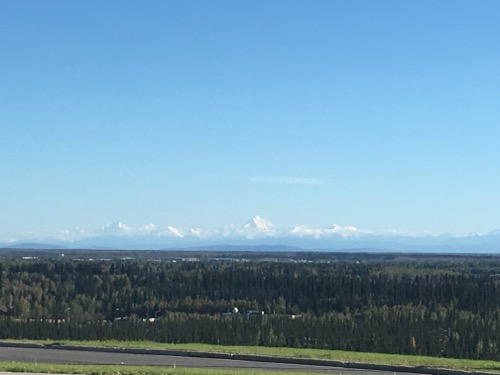


Comments